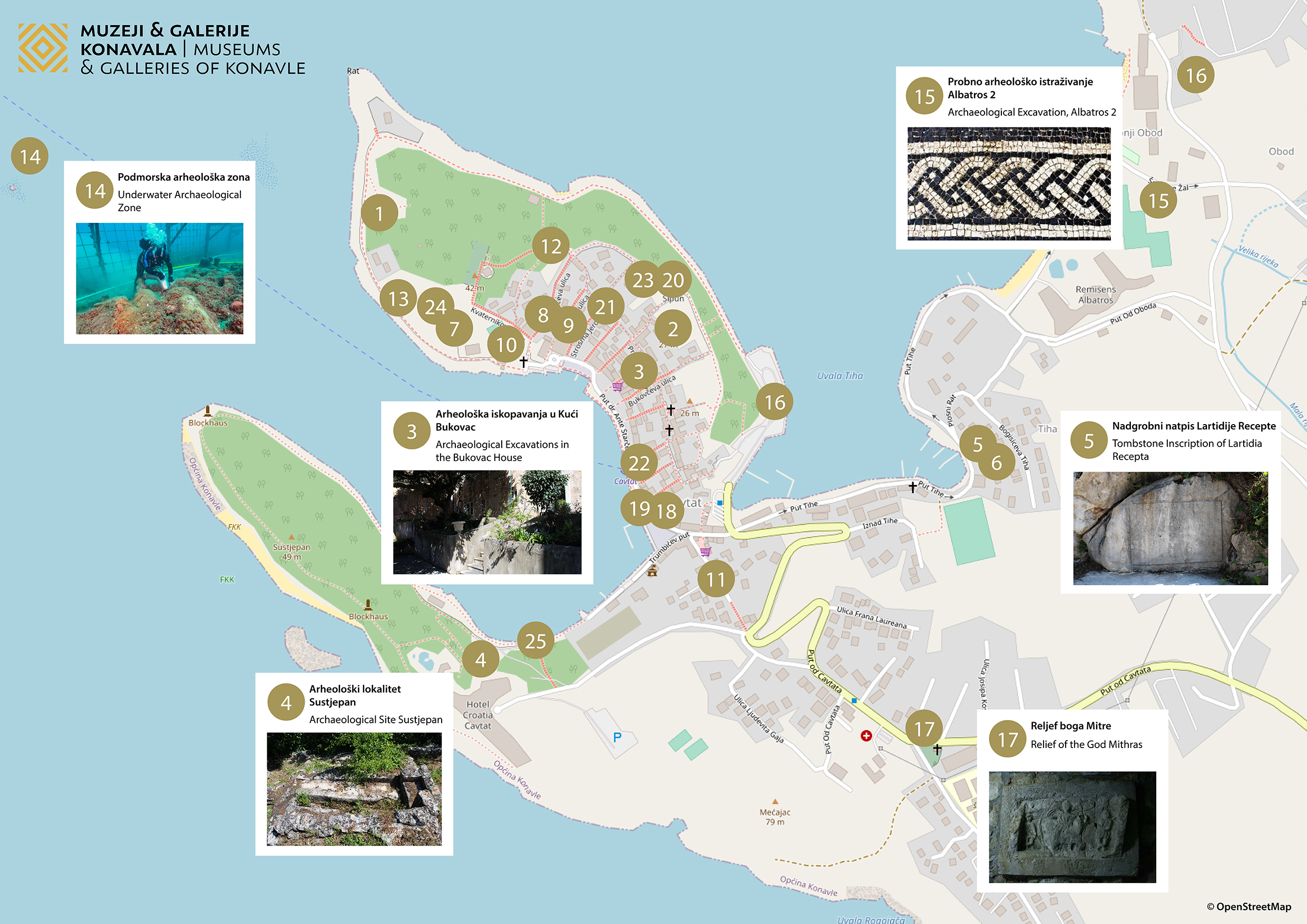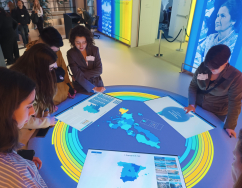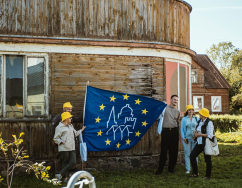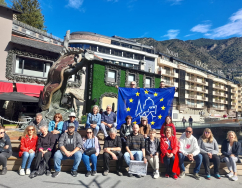European Heritage Days Article:
Exploring Digital Pathways in Heritage: Embracing Routes, Networks, and Connections for European Heritage Days 2024
European Heritage Days Article:
Exploring Digital Pathways in Heritage: Embracing Routes, Networks, and Connections for European Heritage Days 2024
This article explains more about how digital events and technologies can be incorporated within this year’s theme, highlighting event ideas from the Routes, Networks and Connections brochure as well as using examples from previous events and the European Heritage Days Stories projects to provide inspiration for event organisers.
The Digital Evolution in Heritage Connection
As part of this year’s theme, modern examples of networks and connections are a topic of interest, and in today’s world this increasingly includes those enabled digitally. A focus on digital networks could include events examining the changing nature of communications over the past few decades. This might mean looking at types of digital connections and considering the emergence and use of broadcasting networks and their role in disseminating information, culture and entertainment. The impact of online platforms could also be demonstrated, such as looking at how social media facilitates communication with those we already know, as well as providing ways to create new networks through shared interests. Another angle might be to look at digital networks within specific contexts, such as the reliance and use of digital platforms to stay in touch with loved ones during the Covid-19 pandemic, and how digital technologies allowed cultural heritage organisations to remain connected with people during a time when in-person events and meetings were often not an option.
Enhancing Heritage Through Digital Platforms
Using digital platforms as part of event programmes is a potential way to demonstrate how these technologies are being used to create, maintain and strengthen modern-day connections between people and groups. This could mean hosting talks, a symposium or workshops which connect the public, heritage managers and IT specialists to consider new ideas for how digital technologies can encourage people to work together to interpret and disseminate multiple forms of heritage. Other events could bring people together across long distances, showing how digital platforms are changing the way we can connect with each other remotely, so planning for this year’s events could include getting in touch with clubs and societies to find out how they connect digitally and see if they would like to take part. An example from a European Heritage Days event in Scotland can be seen in the ‘One Life, Two Cultures’ Story which saw the African and Caribbean Elders in Scotland host an online storytelling session which connected attendees aged 5 to 94 across Scotland, Kenya and The Gambia to share their stories and experiences.
Innovative Digital Event Ideas

Digital technologies can be used to enrich or create engaging activities based on this year’s theme. For example, walks along historic routes could be supplemented with information provided digitally to show how these roads and paths have adapted and developed over time. This can be seen by a previous event in Croatia which explained how the development of an online map connects the layout of the modern city with the borders and significant features of the original Roman settlement. Virtual reality is another way to create themed digital events, and these might include simulations of travel routes on land and sea, or in the air such as for this event in Belgium last year which allowed visitors to take part in a flight simulation to explore the airport’s surrounding area and understand more about this form of travel. Another example can be found in the ‘Become a Barilott Custodian’ project from the European Heritage Days Stories initiative. This project used both virtual and augmented reality to create a metaverse of the Alpine region and an interactive game taking participants on physical routes through the Bitto Valley in Italy, highlighting the importance of St. Mark's Pass as an international crossroads and the Via Priula as a historic trade route with Venice.
Documenting Cultural Routes Digitally
Online events and activities feature as part of many European Heritage Days programmes. Digital archives are one resource for this and could include Routes, Networks and Connections elements, such as in ‘The European History of Georgia on Centuries' Old Maps and Engravings’ Story from last year. This project explains the digitalisation of over 100 maps to create an online museum showing the changing streets and cityscapes of Georgia from the 16th through to the 20th century. The collection also includes hundreds of engravings and sketches of travel related scenes which tell the history of connectivity between Europe and Asia and are now available for the public to view. Events could also look at more modern topics, such as this digital exhibition about Malmi airport in Finland. As well as recognising an important anniversary in the early history of air travel, the exhibition also included stories about four of the routes used by the airport’s architect, providing an additional personal perspective. Other ideas for digital events documenting the theme could include organising online photography competitions to visually capture the unique identity of local routes, or hosting digital platforms where people can share stories about their own journeys and the connections they have formed through travel or migration.
Mapping Thematic Connections Digitally
As well as examining physical routes, digital technologies can also provide ways to explore thematic connections. This year’s brochure contains examples of how this can be done, such as the ‘Cultural Routes of the Council of Europe’ website which allow users to discover cultural connections across Europe through historic or newly created routes focused on themes as varied as winemaking, prehistoric art and thermal spring towns. ‘UNESCO’s World Heritage Journeys’ in Europe also maps historic sites online, linking them by themes of Ancient, Romantic, Royal and Underground Europe. These examples are international, but using digital tools to make these kinds of maps could also be done more locally at a national and regional level or even within a specific town or city. One European Heritage Days Stories example is the ‘Cultural and Tourist Route of Romanian Blue Houses’ which is developing a digital tool to promote collaborative documentation of houses painted in a traditional blue colour across Romania, showing how shared cultural connections are expressed through architectural design. This project will allow people to both record and find examples, and the resulting catalogue will be presented as an interactive digital map which can provide routes for visitors to walk, bike, or hike between the listed houses.
There are many ways to go digital within this year’s theme, whether it’s using digital technologies to enhance activities exploring routes, or creating online or in-person events discussing the evolving importance of digital networks and connections. More information and ideas for the theme can also be found in the Routes, Networks and Connections brochure.



